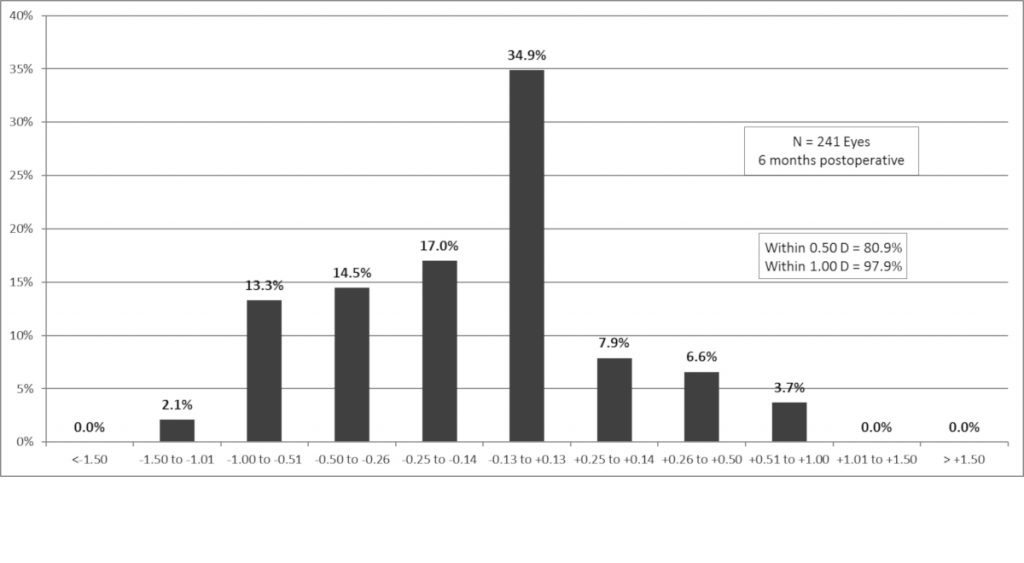Increasing predictability
Trifocal IOL yields good results in eyes that have had previous laser ablation

Roibeard O’hEineachain
Published: Monday, April 1, 2019
 Spherical equivalent refraction accuracy[/caption]
Optimised IOL calculations can further improve the refractive predictability of the FineVision trifocal IOL in presbyopic patients who have previously undergone excimer laser corneal refractive surgery, Luis Brenner MD told the 36th Congress of the ESCRS in Vienna, Austria.
Spherical equivalent refraction accuracy[/caption]
Optimised IOL calculations can further improve the refractive predictability of the FineVision trifocal IOL in presbyopic patients who have previously undergone excimer laser corneal refractive surgery, Luis Brenner MD told the 36th Congress of the ESCRS in Vienna, Austria.
 Luis Brenner MD
Luis Brenner MD